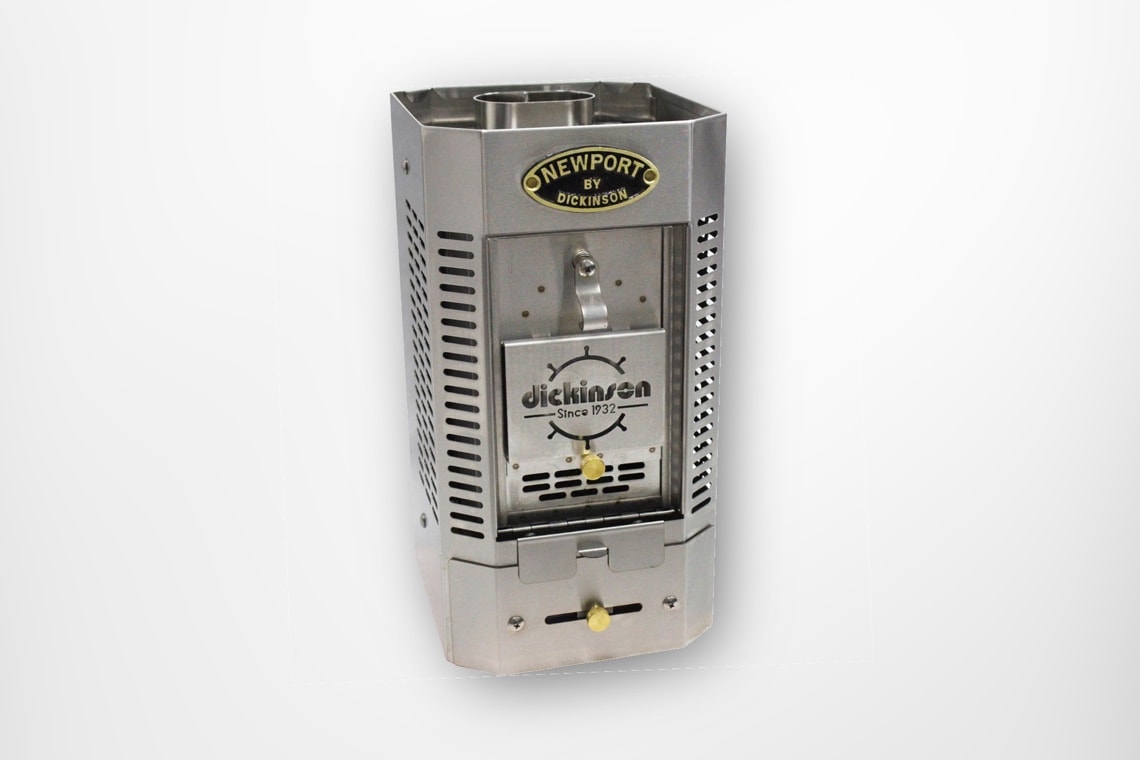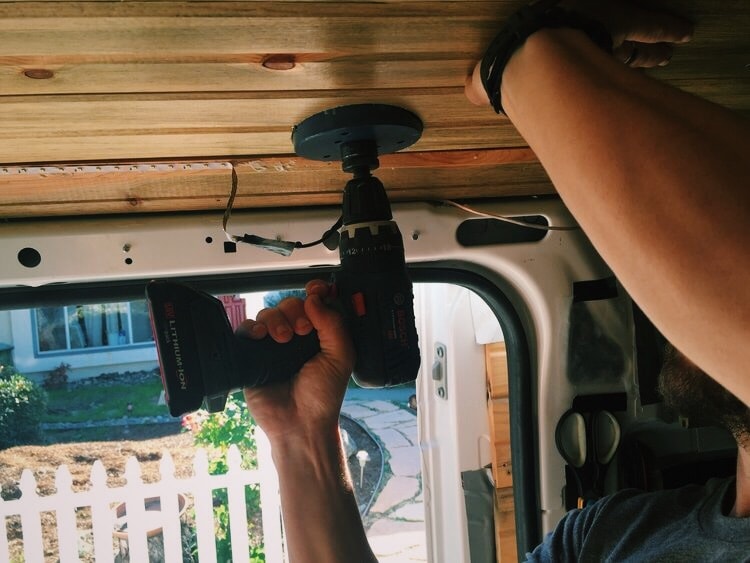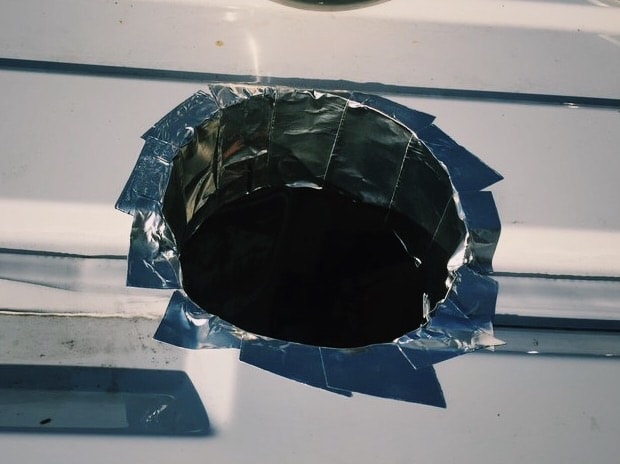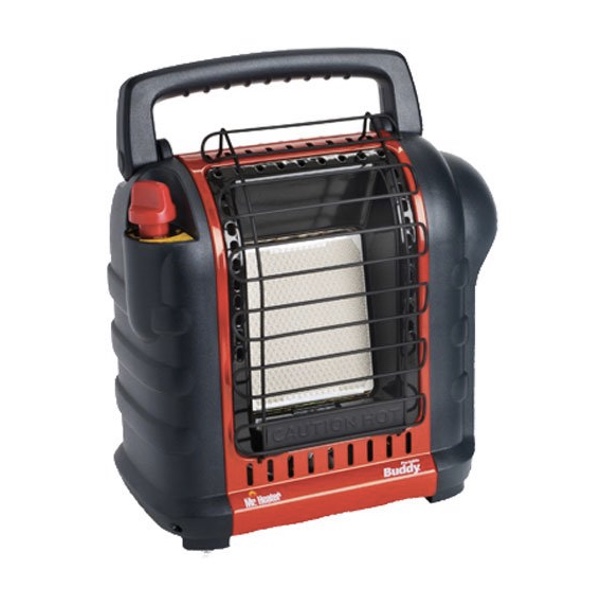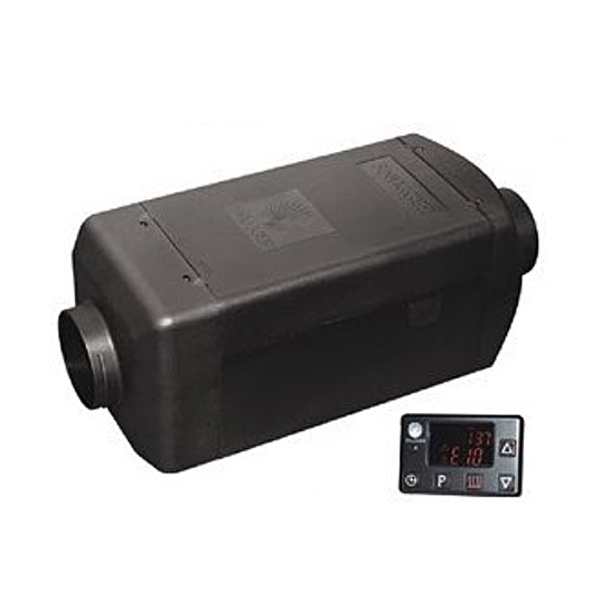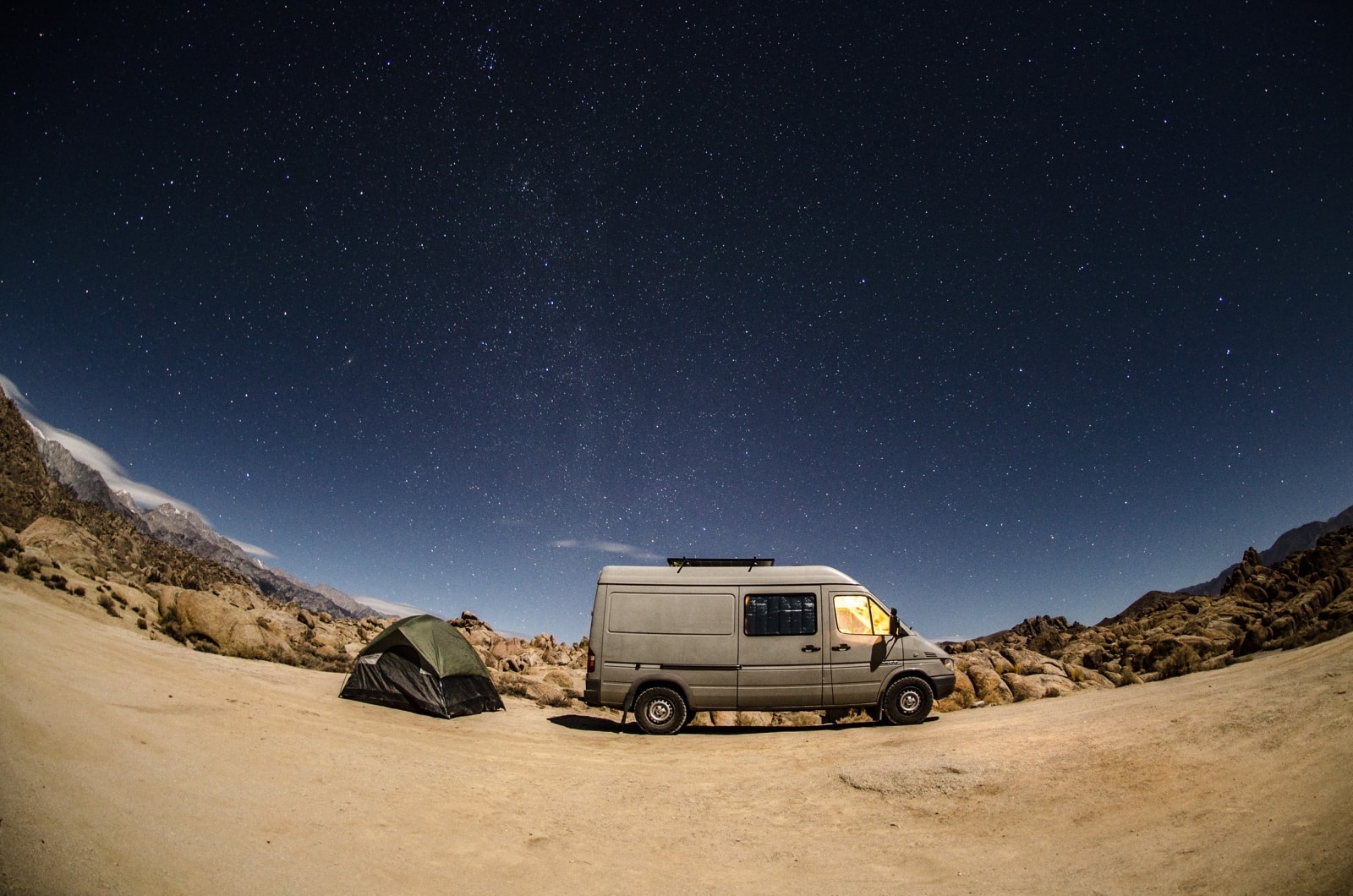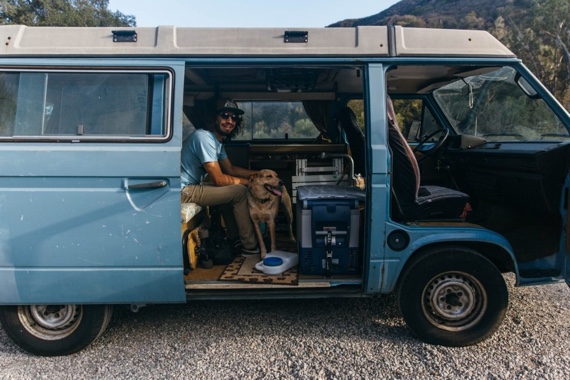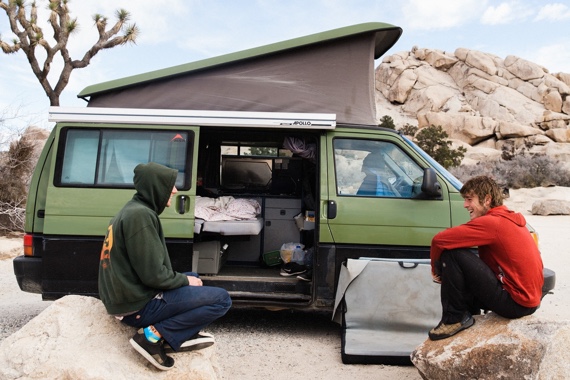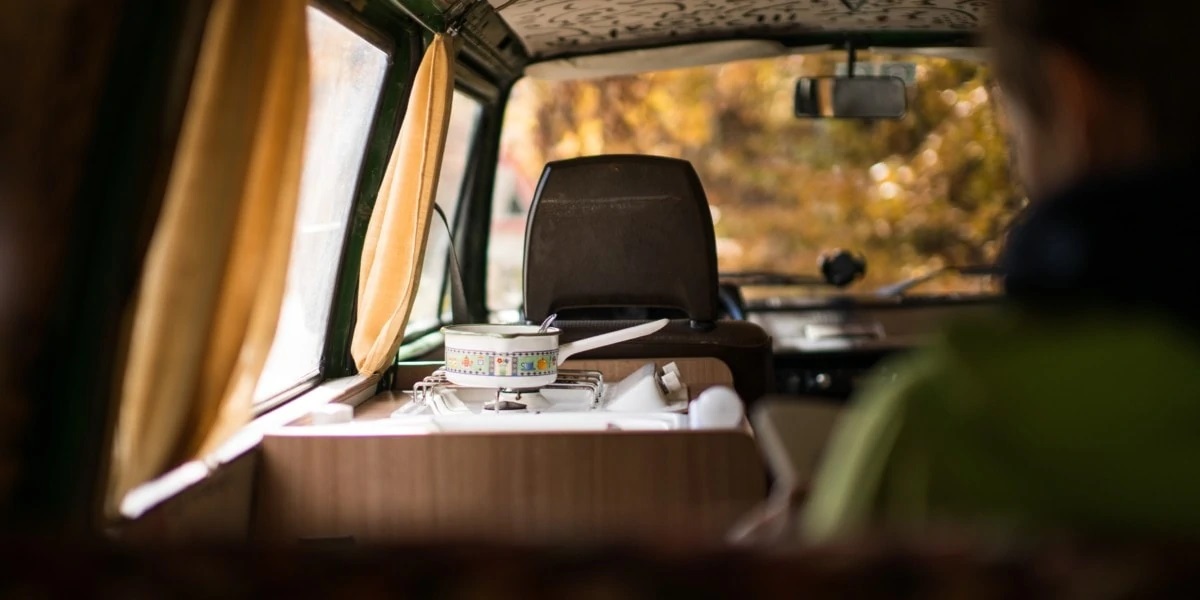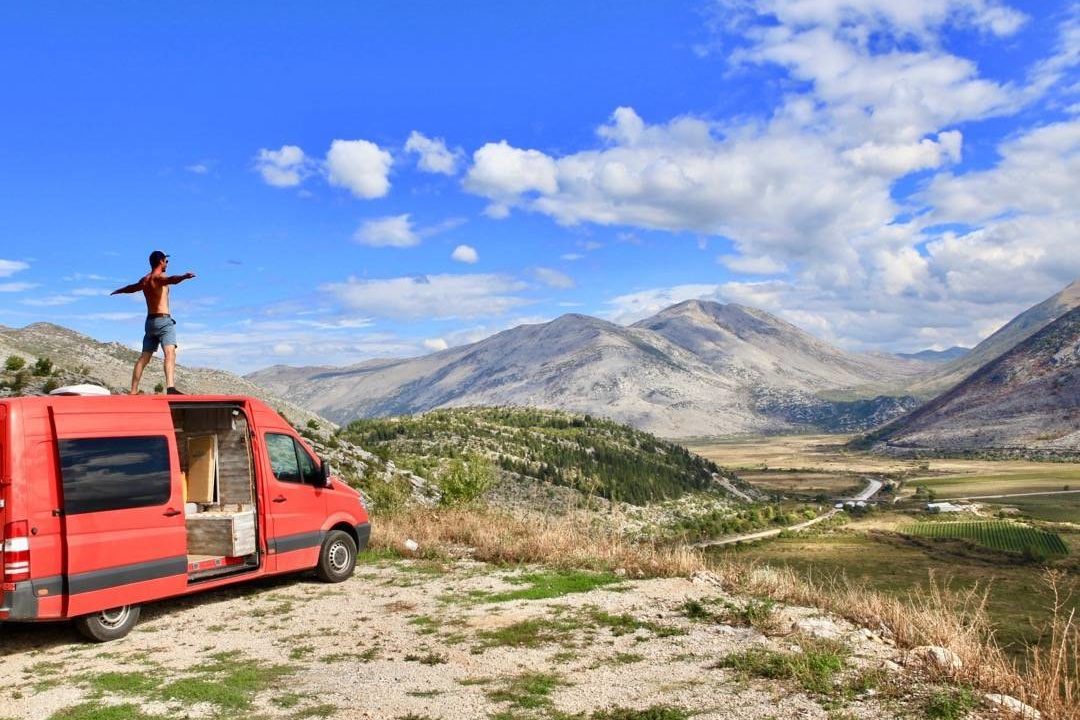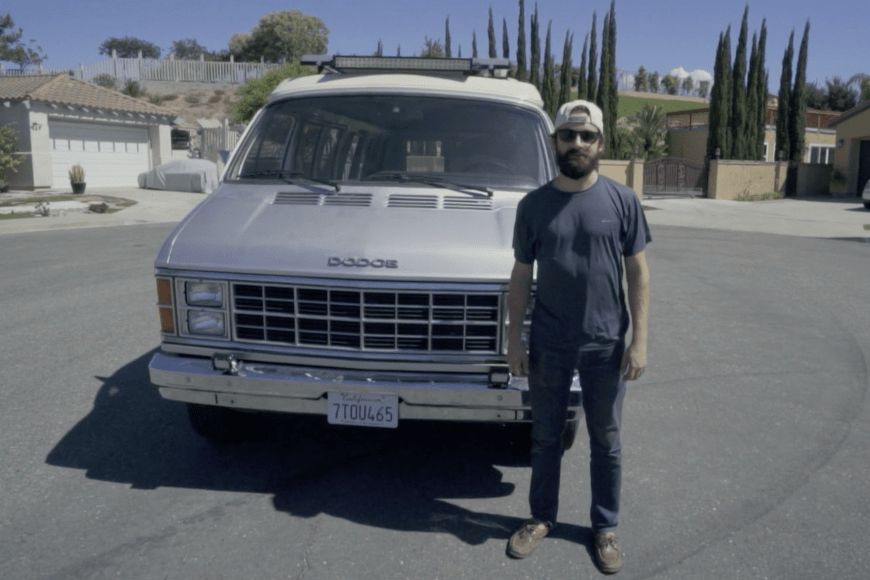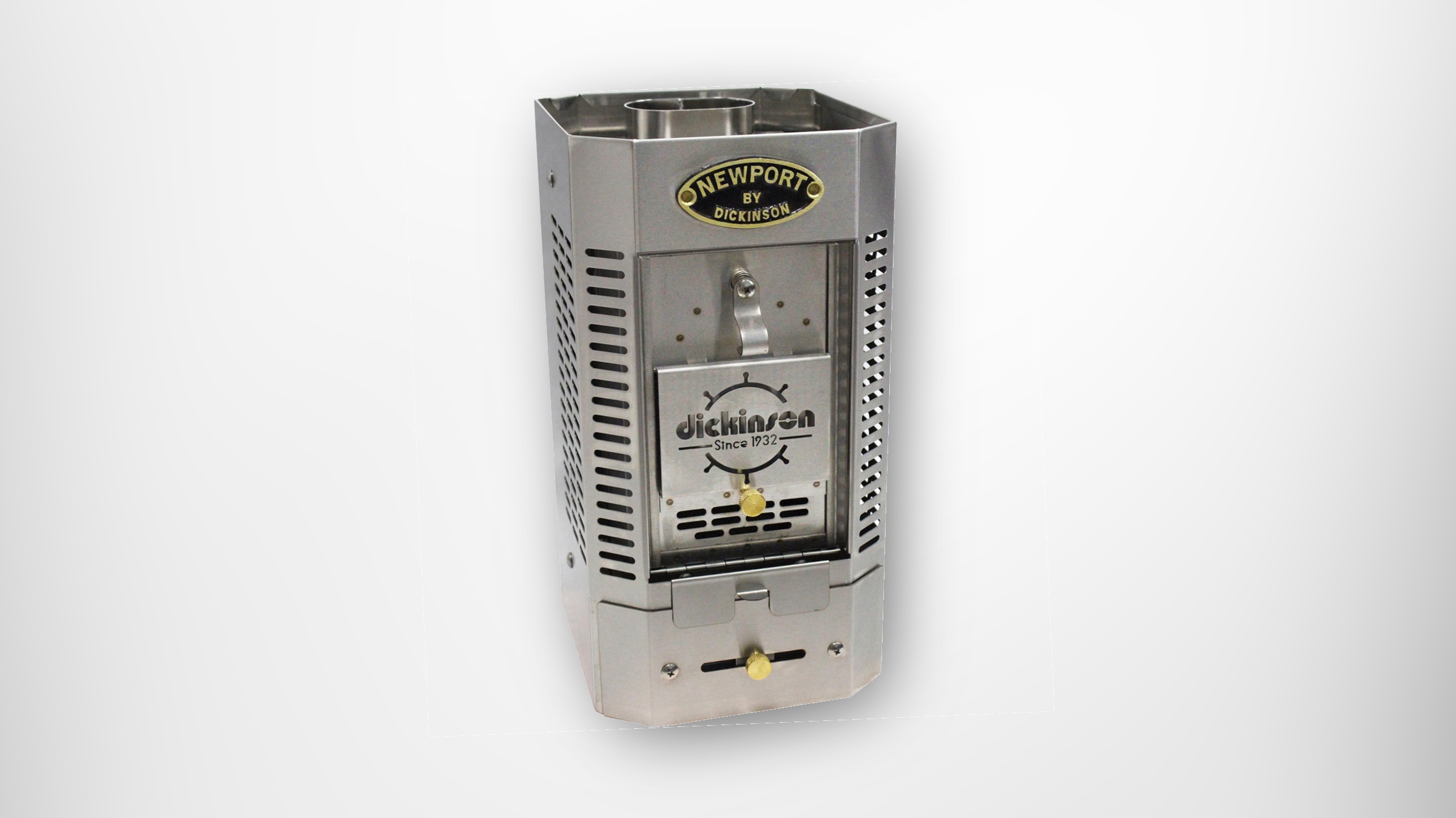

There is nothing quite like getting in the van after a long, cold day of skiing or climbing and lighting a crackling, cozy fire to settle down with. After scouting and comparing various options, we decided to install the Dickinson Marine Newport Solid Fuel Heater (commonly called a wood burning stove) as the heat source for our Dodge ProMaster.
I know what you’re thinking,
Whaaaat?! Fire in the van?!
It’s true. And it’s wonderful.
View Laura’s stove installation in this video:
The stove is pretty simple: it can burn wood, charcoal, coal, and, conveniently, lots of our paper and cardboard trash.
We went with a wood stove because we live in wet climates for most of the year and we constantly have wet gear from skiing, boating, and playing in the rain. The wood stove dries out gear and our van very effectively by creating dry heat, which rises through a small homemade gear rack of nothing more than a couple of dowels and a handful of hooks.
There are a few options available, but we chose the Dickinson model based on the company’s well-established reputation. While the stove is actually designed for sailboats—a similarly small space—it functions perfectly in a van, too. Dickinson wood stoves are handmade in British Columbia using stainless steel, which transfers heat efficiently while also maintaining a light weight.
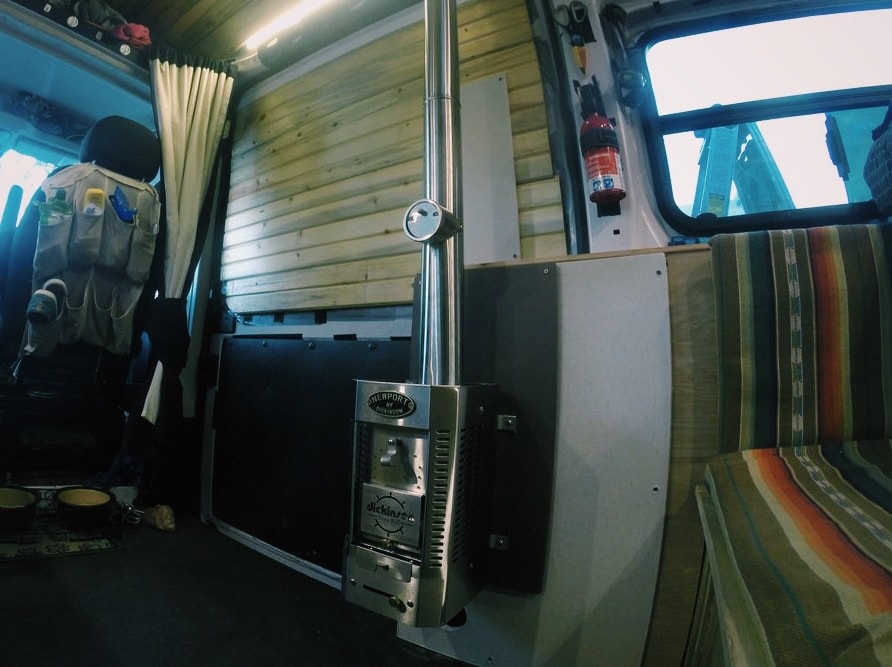
My main concern when building out our van was the installation of the wood stove, but it turned out to be surprisingly easy …
Materials and equipment
- Dickinson Marine Newport Solid Fuel Heater
- Dickinson Marine Long Stainless Steel Pipe with Barometric Damper
- Dickinson Marine Flue Pipe Rain Lid
- Dickinson Marine Stainless Steel DP Exhaust Cap
- Dickinson Marine Stainless Steel Deck Fitting, Gasket, Dress Ring
- 1′ x 2′ stainless steel sheet
- 1 sheet millboard
- 4 1/2″ spacers
- Foil heat tape
- Marine grade sealant
- Dickinson Marine Stainless Steel Pipe
- 5″ hole saw
- Knife
- Screwdriver
How we installed our wood stove
We needed to mount the stove in a space where it would have 8″ of clearance around the sides and the front, so we built a little pony wall for it. Fortunately, the stove is only slightly larger than a shoe box, so finding space for it was not as difficult as you may think.
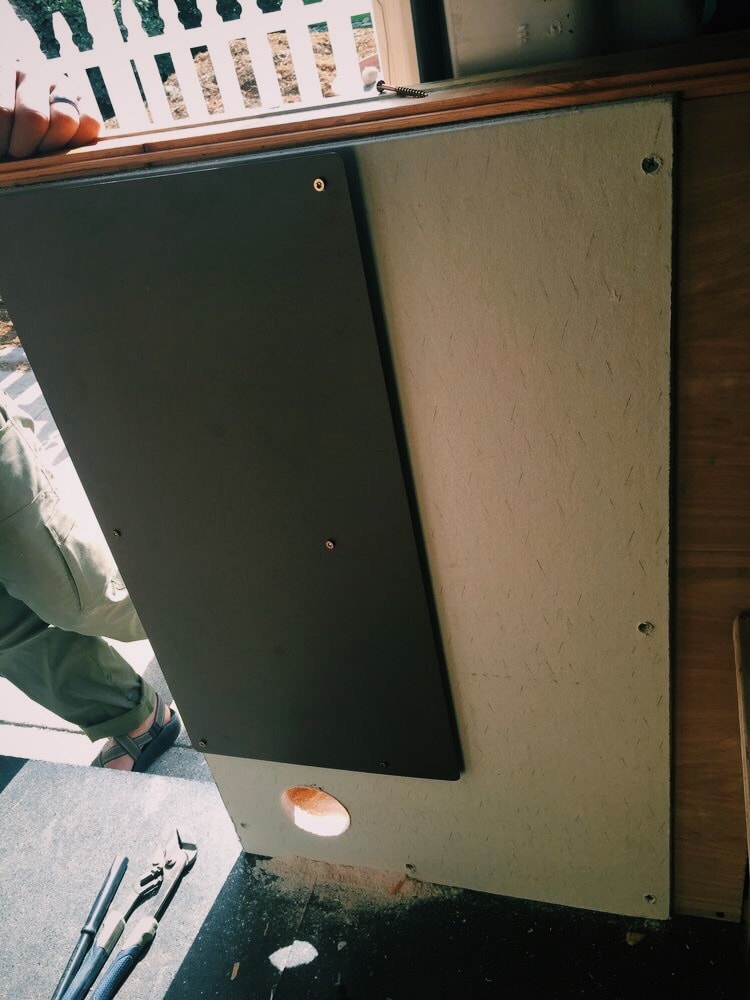

Next, we placed a sheet of millboard and stainless steel behind the stove to insulate the wall from the heat and mounted the stove to the steel. After the stove was secured, we cut a 5″ hole in the ceiling to vent the stove pipe and installed a gasket and chimney top, also made by Dickinson.
- We created a 5-inch hole for our 3-inch diameter chimney, allowing 1 inch of spacing around the pipe.
- Heat tape was added to the hole.


That’s it! The installation was relatively easy, taking no more than a couple of hours.
Alternative heating options for your van
The cost of a wood burning stove is relatively high and understandably, not every build design offers sufficient space. When it comes to heating your van, there are tons of alternatives.
In addition to various wood burning stoves (consider looking up the Salamander Hobbit Stove, Unforgettable Fire Kimberly Stove, and Dwarf Stove), you can find propane heaters, like the Mr. Heater Buddy, and diesel heaters, such as the Espar.
As with all van-building decisions, consider the pros and cons of each heating option: propane is easy and cheap, but the heat it creates is moist. On the other hand, if you have a diesel engine, you can utilize your same fuel source for an Espar heater, but they can be very pricey and tricky to both install and maintain.
The woodstove is by far the most work-intensive option—as you have to find and chop wood to constantly feed your fire—but the smell of burning wood and the dry heat it creates are worth the effort in my book.
We’ve been using the stove throughout a full winter in Washington, Colorado, Utah, Montana, and a few other spots; we absolutely love it so far!
Explore More
Related articles you'll loveBest Van Conversion Equipment: Top Picks for Solar, Refrigeration, Kitchen, More…
Van Life Profiles: Stories of Living the Road
Build Chronicles: Step-By-Step Details of Van Conversions
Vanvaya’s Most Popular Articles Ever

